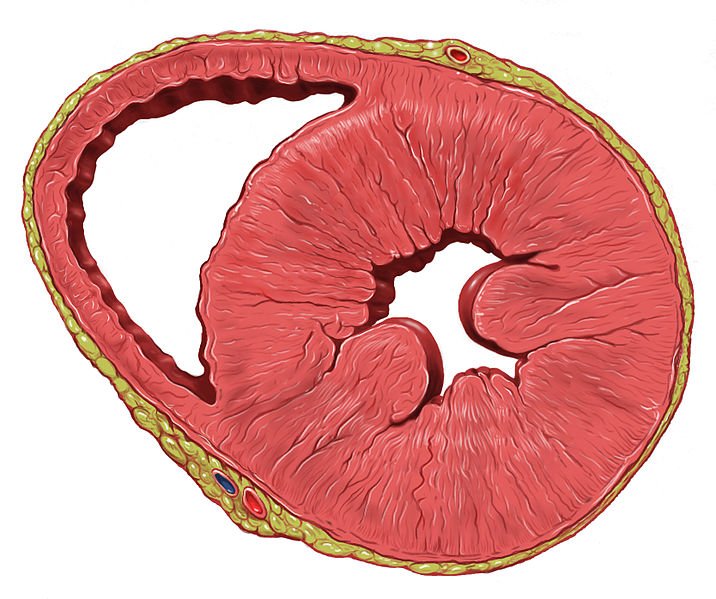Playlist
Show Playlist
Hide Playlist
Hyperplasia
-
Slides Cellular Pathology Adaptation to Injury.pdf
-
Reference List Pathology.pdf
-
Download Lecture Overview
00:00 Hyperplasia is increase in cell number. 00:03 As a result of that, the organ will also clearly increase in size. 00:09 I want to distinguish it from hypertrophy, which just means an increase in cell size. 00:14 This is cell number. 00:16 Okay, so hyperplasia. 00:19 It is reversible. 00:20 And a good example, so you increase the cell number, and then at the end of the period of time, when you don't want that cell number anymore, you have those cells undergo apoptosis. 00:30 You have them die, in a controlled way. 00:34 And then you get back to normal so good example, it's cycling endometrium. 00:38 We build up a very lush and demetrial surface up to 5 millimeters over the course of a normal cycle. 00:46 And then at the end of the menstrual cycle, that will revert back down to .5 millimeters. 00:52 And you go that over and over and over again. 00:54 It's an increase in cell number. 00:56 And what's actually shown on the slide here, is a very good example of lactational breast. 01:01 On the upper panel is a breast of a pre-pregnant, nonpregnant woman, and you concede the blue are glands. 01:12 Nine months of estrogen and progesterone have given rise to many, many, many more glands. 01:18 And that will be the lactational breast that will be able to support nianate. 01:23 As a result of that, there has been an increase in the breast size, and that is again reversible. 01:30 Soon as the woman is no longer lactating, hormonal stimulation goes away and those cells undergo a programmed cell death until we revert back to what we have on top. 01:41 So hyperplasia.
About the Lecture
The lecture Hyperplasia by Richard Mitchell, MD, PhD is from the course Cellular Injury.
Included Quiz Questions
Hyperplasia is...?
- ...an increase in cell number.
- ...an increase in cell size.
- ...the transformation of one differentiated cell type to another differentiated cell type.
- ...the abnormal development of cells within tissues or organs.
- ...the uncontrolled growth of abnormal cells.
Customer reviews
5,0 of 5 stars
| 5 Stars |
|
5 |
| 4 Stars |
|
0 |
| 3 Stars |
|
0 |
| 2 Stars |
|
0 |
| 1 Star |
|
0 |





